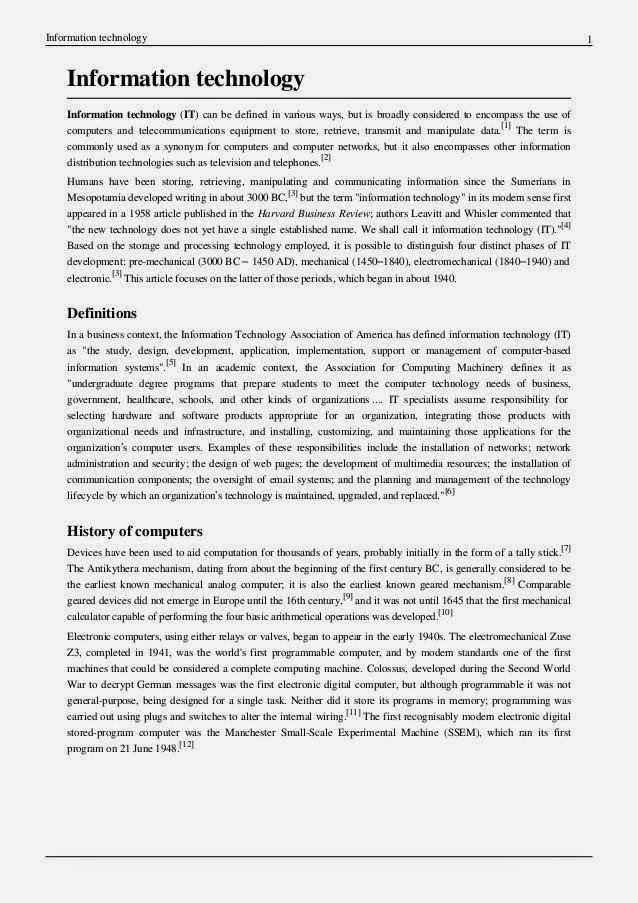
RDBMS Tier-1 products can be quite expensive, but there are high quality, open source options such as PostgreSQL that can be cost-effective. Sometimes referred to as a SQL DBMS and adaptable to most use cases, RDBMS presents data as rows in tables with a fixed schema and relationships defined by values in key columns. Popular database models and management systems include RDBMS, NoSQL DBMS, NewSQL DBMS, in-memory DBMS, columnar DBMS, multimodel DBMS and cloud DBMS. Popular types and examples of DBMS technologies Examples of database utilities include reorganization, runstats, backup and copy, recover, integrity check, load data, unload data and repair database. A DBMS also provides a set of utilities for managing and controlling database activities. The DBMS uses the log manager during shutdown and startup to ensure data integrity, and it interfaces with database utilities to create backups and run recoveries.

The record of changes is known as the log, and the log manager component of the DBMS is used to ensure that log records are made efficiently and accurately. The DBMS records all changes made to data managed by the DBMS. Locks are required to ensure multiple users aren't trying to modify the same data simultaneously. This crucial component of the DBMS manages concurrent access to the same data. After a query is optimized, the DBMS must provide a means for running the query and returning the results. A DBMS may also provide an optimization engine, which is used to parse database access language requests and turn them into actionable commands for accessing and modifying data. SQL is an example of a database access language and encompasses several sets of commands, including Data Control Language for authorizing data access, Data Definition Language for defining database structures and Data Manipulation Language for reading and modifying data. The DBMS also must provide an API to access the data, typically in the form of a database access language to access and modify data but may also be used to create database objects and secure and authorize access to the data. The metadata catalog can include information about database objects, schemas, programs, security, performance, communication and other environmental details about the databases it manages. The DBMS uses this catalog to verify user requests for data, and users can query the catalog for information about the database structures that exist in the DBMS. When databases and other objects are created, the DBMS automatically registers information about them in the metadata catalog. Sometimes called a system catalog or database dictionary, a metadata catalog functions as a repository for all the database objects that have been created. It can use additional components to store data or interface with the actual data at the file system level. The DBMS must interface with a file system at the operating system ( OS) level to store data. This basic element of a DBMS is used to store data. So long as programs use the application programming interface (API) for the database that the DBMS provides, developers won't have to modify programs just because changes have been made to the database.

The DBMS can offer both logical and physical data independence to protect users and applications from having to know where data is stored or from being concerned about changes to the physical structure of data.
WHAT IS DATABASE MANAGEMENT SYSTEM PDF SOFTWARE
End users and software programs are free from having to understand where the data is physically located or on what type of storage medium it resides because the DBMS handles all requests. A DBMS can limit what data end users see and how they view the data, providing many views of a single database schema. The DBMS provides a centralized view of data that can be accessed by multiple users from multiple locations in a controlled manner. Most database management systems are also responsible for automated rollbacks and restarts as well as logging and auditing of activity in databases and the applications that access them. The DBMS supports many typical database administration tasks, including change management, performance monitoring and tuning, security, and backup and recovery. These three foundational elements help provide concurrency, security, data integrity and uniform data administration procedures.

The DBMS manages the data the database engine allows data to be accessed, locked and modified and the database schema defines the database's logical structure. The most prevalent type of data management platform, the DBMS essentially serves as an interface between databases and users or application programs, ensuring that data is consistently organized and remains easily accessible.
WHAT IS DATABASE MANAGEMENT SYSTEM PDF UPDATE
A DBMS makes it possible for end users to create, protect, read, update and delete data in a database. A database management system (DBMS) is system software for creating and managing databases.


 0 kommentar(er)
0 kommentar(er)
